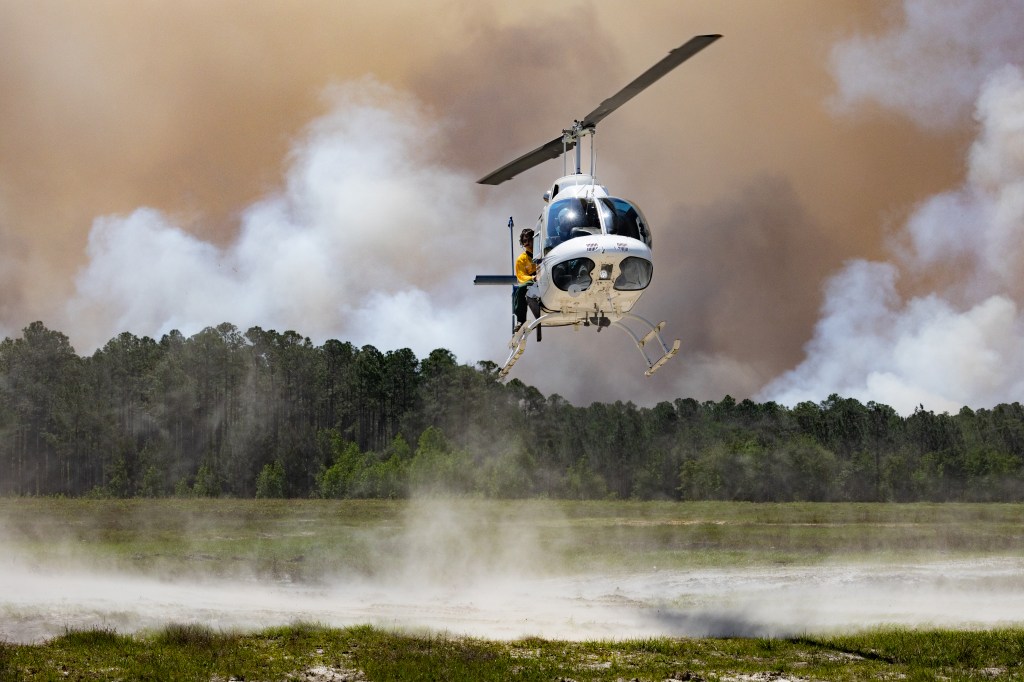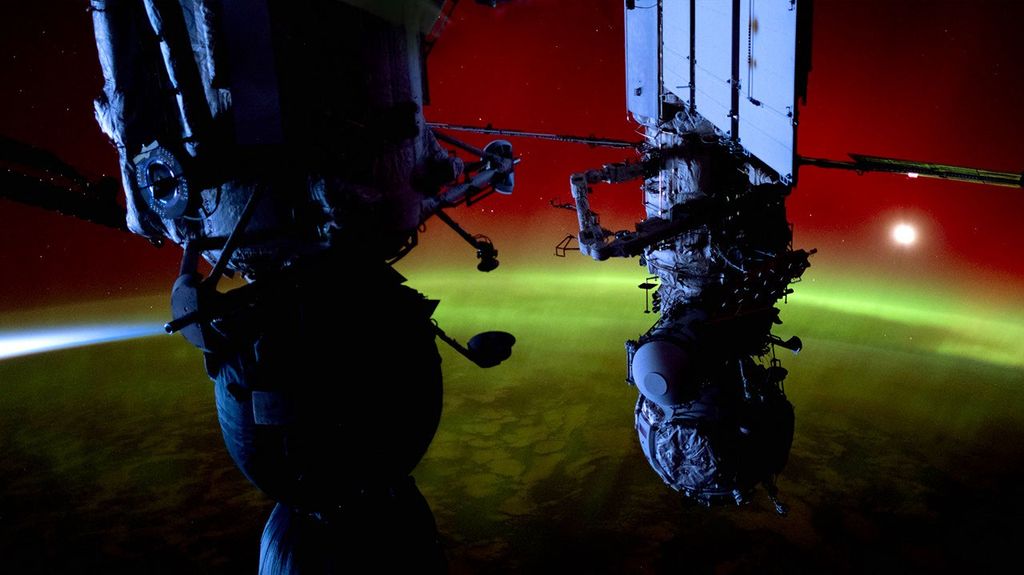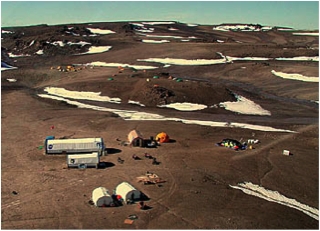Posted on: April 30, 2012
Branch / Organization: Space Science & Astrobiology Division
Research at HMP has focused on astrobiology and geology research, human and robotic exploration technology development, and human and human/robot operations requirements definition. Numerous Ames scientists have traveled to the Canadian Arctic to conduct planetary analog research at this site.
Golden Deposit, Arctic Canada
Posted on: April 30, 2012
Branch / Organization: Space Science & Astrobiology Division

Fieldwork at the Golden Deposit of the Fort Norman Region in the Canadian Arctic focuses on understanding the oxidation processes and the preservation of organic biosignatures in a permafrost dominated environment.
Biopreservation is expected to be relatively low in the active layer but below this zone, the preservation of organics is increased due to the retarding effects of permafrost on aqueous flow and oxidation. The Golden Deposit is an important analog for other permafrost-rich planets with the potential for life, such as Mars.
Lake Untersee, Antarctica
Posted on: April 30, 2012
Branch / Organization: Space Science & Astrobiology Division

Lake Untersee is an ice-covered lake in Antarctica. Scientists are studying this lake to understand the mass balance of water and ice to explain the physics underlying the lake’s existence. Stromatolites also exist on the lake bottom which resembles the structures of lifeforms known to have formed billions of years ago. Lake Untersee is used as an analog for ancient Martian lake systems and to shed light on the origin and evolution of life.
Eureka, Ellesmere Island, Nunavut, Canada
Posted on: April 17, 2012
Branch / Organization: Space Science & Astrobiology Division

Work on Ellesmere Island has focused on astrobiology technology development of a low power, lightweight deep drill at a site of astrobiology interest. The scientific investigation focuses on micro-organisms within sandstone outcrops and the exploration of deep permafrost to understand the limits of life in cold environments.
Axel Heiberg Island, Nunavut, Canada
Posted on: April 17, 2012
Branch / Organization: Space Science & Astrobiology Division

Axel Heiberg Island is home to a unique perennial saline spring system with liquid water flows existing year-round, even as air temperatures drop below freezing. Scientists are studying these springs as an analog for Mars where liquid water could possible also exist despite cold air and ground temperatures. Researchers are also studying the unique microbiology of Axel Heiberg Island as well as the geologic history of the region.
Dry Valleys, Antarctica
Posted on: April 17, 2012
Branch / Organization: Space Science & Astrobiology Division
The Dry Valleys of Antarctica are some of the most Mars-like places on our planet due to the extremely cold and dry conditions. Ames scientists visit the Dry Valleys to conduct scientific investigations of the nature and distribution of snow and ice as well as the habitability of these extreme valleys where life thrives even in sub-freezing temperatures. Ames researchers also conduct technology testing in this Mars analog environment. Recent work has focused on validating drilling systems that could one day be used to drill on Mars.
Arctic Mars Analog Svalbard Expedition
Posted on: January 11, 2010
POC: David Blake
Branch / Organization: Space Science & Astrobiology Division

David Blake and Tori Hoehler, of ARC’s Exobiology Branch, are participating in the Arctic Mars Analog Svalbard Expedition (AMASE) 2006 using it as a Mars test-bed for CheMin (A Miniaturized Simultaneous X-ray Diffraction/X-ray Fluorescence Instrument) which will fly on MSL 2009, along with a suite of other instruments. Blake and Hoehler are operating CheMin (for which Blake is the MSL Instrument PI) in the physically-demanding and geologically-diverse Mars Analog field setting of Svalbard, the Norwegian Arctic along with CheMin Co-I’s Allan Treiman and David Bish, for a 10-day field deployment in four geologically distinct settings. Analyzed samples include a variety of mineralogies with high relevance to Mars exploration, including olivine-rich rocks, sulfate and carbonate evaporites, hematite, and various aqueous weathering products of mafic and ultramafic primary minerals. Several of these samples were obtained directly by a “Cliff-Bot” that was deployed in Svalbard by a JPL rover team. This activity demonstrating CheMin’s capability to provide real-time, definitive, in-situ mineralogy via X-ray fluorescence and X-ray diffraction analysis. AMASE is led by Hans Amundsen (Expedition Leader, University of Oslo, Physics of Geological Processes group) and Andrew Steele (Science Lead, Carnegie Institute of Washington), and is supported by a grant from NASA’s ASTEP program (A. Steele, PI)
The picture above shows David Bish (a CheMin Co-I) conducting the first fully quantitative, start-to-finish XRD mineralogical analysis in the field. The gun to the left of Dr. Bish is to deal with Polar bears, which are a problem up there in the Norwegian Arctic. No kidding, see below…























